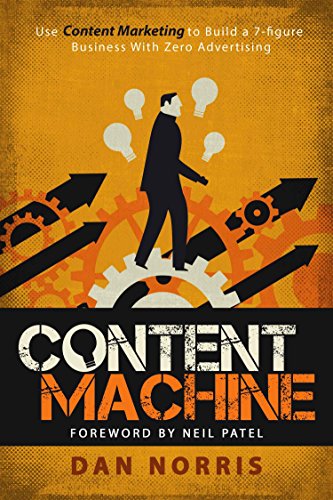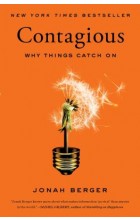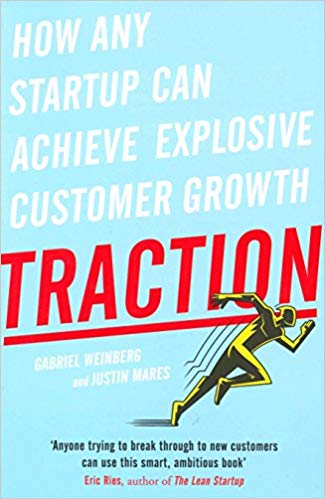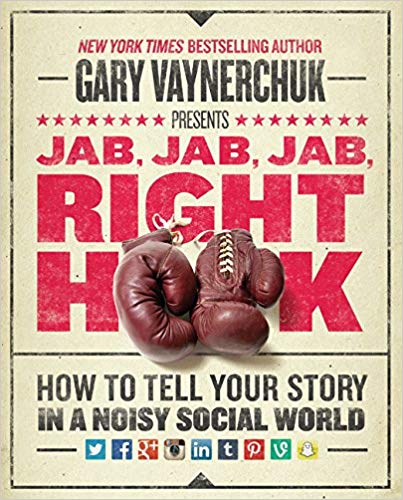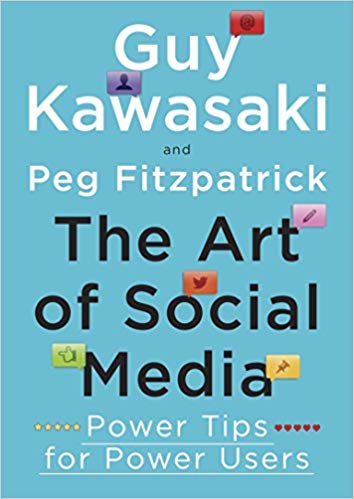Pro-tip: how to make most of those social media marketing books?
The books below are packed with actionable strategies, tips and lifehacks that are real gold, and quotes to hang above your desk. Take a notebook/ pen and paper while reading them and draw a table on a separate page for each book including:
- Strategies
- Pro-Tips
- Main takeaways/ your reflections and conclusions
- Inspiring quotes to remember
Note down the page where you found them. That way you will be able to go back to the main pointers from the book when you need them – and easily find the relevant fragments in the book. Remember – our memories are very limited – so a few weeks after reading the books you may not remember any details. Taking notes will help you both make most out of the books while you’re reading them, as well as revise the knowledge and insights later. Happy reading!
Digital Marketing Books
Content Machine – Dan Norris
‘Content Machine’ is one of my favourite digital marketing books. It will give you a sound understanding of what effective content marketing is – straight from the horses’ mouth (the author – Dan – scaled his WordPress support business to 7 figures doing exclusively organic content). Content Machines provides plenty of actionable tips and ready-to-use blueprints on creating content that works (see the fragment below): you can use them both in your agency – to outsource content creation to freelancers – and as guidance how to write effective content for your own brand.
Book Fragment:
Checklist For Content Value
This checklist should mirror the high-quality content standards you created earlier in this book. It could include the following parameters:
Useful? Does it have utility? Tip: Write to solve an issue or pain point for a single, specific person.
New idea? Is it a new spin on an old idea or a brand new idea altogether?
Valuable? Will a reader get value from it?
Actionable? Are there action steps a reader can take?
Shareable? Is there an incentive for readers to share it?
Eye-catching? Does the headline make you want to read it?
Flow? Does the content flow and read well?
Entertaining? A few chuckles are a bonus.
Long and detailed? Developed content generally goes best with our audience.
Contagious – Jonah Berger
Jonah Berger in his digital marketing book contagious discussed the psychological principles behind virality. What if what makes ideas spread like wildfire is in fact universal and can be replicated?
Berger in his digital marketing book listed ‘6 principles of virality’ – that can further guide you in creating good content (in addition to the more basic principles from ‘Content Machine’) that will have a chance of going viral:
- Social Currency – something in the text that makes our readers feel ‘in the know’ – and therefore smarter/ more streetwise – so they will be more willing to share.
- Triggers – something in the text that triggers the need for a particular action (e.g. buying our product 😉 )
- Emotions – it’s not important whether they are positive or negative – what matters is that they are arousing (prompting you to act = share; e.g. excitement, pride, anger) not depressing (e.g. complacency or sadness).
- Social Proof – seeing other people do something is one of the key psychological mechanisms behind ‘crowd philosophy’. If we see a lot of people have shared something, we are also more likely to do it.
- Practical Value – the practical utility of a piece of information makes it more sharable as well. Hence – the great popularity of ‘everyday lifehacks’ websites such as ‘Nifty’.
- Storytelling – wrapping any piece of information up in an engaging, relatable, personal and authentic story is the best way to increase virality of a piece of content.
Traction – Gabriel Weinberg; Justin Mares
Gabriel Weinberg and Justin Mares wrote a digital marketing book which translates the principles of virality (that you can learn e.g. from Jonah Berger’s book ‘Contagious’) into practice – and shows you step-by-step how you can user viral marketing and growth hacking strategies to test your product on real users long before you launch, eliminate the ‘holes’ in your ‘leaky bucket’ and save both time and money on developing products that nobody wants. The same traction channels can be later used to scale – and achieve meteoric growth.
Weinberg and Mares provide you with 19 (!) channels of traction: targeting blogs, publicity, unconventional PR, Search Engine Marketing, Social and Display ads, offline ads, Search Engine Optimisation, content marketing, email marketing, engineering as marketing, Viral Marketing, business development, sales, existing platforms, trade shows, offline engagements, speaking events, and community building.
Book Fragment:
Before we get started, let’s define traction. Traction is a sign that your company is taking off. It’s obvious in your core metrics: If you have a mobile app, your download rate is growing rapidly. If you’re running a subscription service, your monthly revenue is skyrocketing. If you’re an organic bakery, your number of transactions is increasing every week. You get the point.
Social media marketing books
Jab, Jab, Jab, Right Hook – Gary Vaynerchuck
Probably the first social media marketing book I’ve read *all these years* ago – and yet, I go back to it again and again. Gary Vaynerchuk is a serial entrepreneur who first grew his family wine shop to a multi-million dollar business using online and social media marketing before anyone did, and then went on to create his own marketing agency Vaynermedia from scratch using the principles he learnt from his first business. Hence: the book is a practical tutorial to understanding social media based on first-had experience and Gary’s success story. It provides practical social media marketing strategies for Facebook, Instagram, Pinterest, Twitter, and Tumblr that really work – because they consider the difference in context of each platform. Vaynerchuck describes how to create effective content for each platform, and thus how to win the social media game in a tactical way.
Wanna beat your competition in social media marketing? Go ahead with ‘Jab, jab, jab, right hook’ then!
The Art of Social Media – Power Tips for Power Users – Guy Kawasaki, Peg Fitzpatrick
The kind of ‘lightread’ social media marketing book for beginners you can read in one day on the beach, Guy Kawasaki’s book is still packed with practical tips on how to tackle different social media. Guy Kawasaki is a US marketing specialist who used to work on the original marketing strategy of Macintosh computers back in 1984. Now, as Silicon Valley venture capitalist, he shares what he learnt about social media ‘in the trenches’: how to optimize your profile, create effective content for different platforms, what lifehacks to use. Please note that it was published in 2014 so some info will be out of date by now.
Read the books & Got inspired? What now?
After reading the digital and social media marketing books above you may feel like your head is full of new ideas for how you can improve social media marketing in your business. Don’t wait till the inspiration goes! Act now and:
- Write down 10 action points you learnt from the books that you can implement in your business
- Write a schedule for when you want to implement them – exactly when you will do what, with dates and time required
- Practice the strategies – write 10 social media posts that implement what you learn
- Implement them! – Schedule the posts using Postfity social media scheduler – so you don’t have excuses that you ‘didn’t have the time to post’ – you can now get Postfity 15% cheaper with the code ‘holidays’!
Want more help?
Join our Social Media Marketing Academy where we’re running a Summer Business Challenge this summer! Get accountability partners in accomplishing automation goals, other social media marketing book recommendations, and a lot more!
